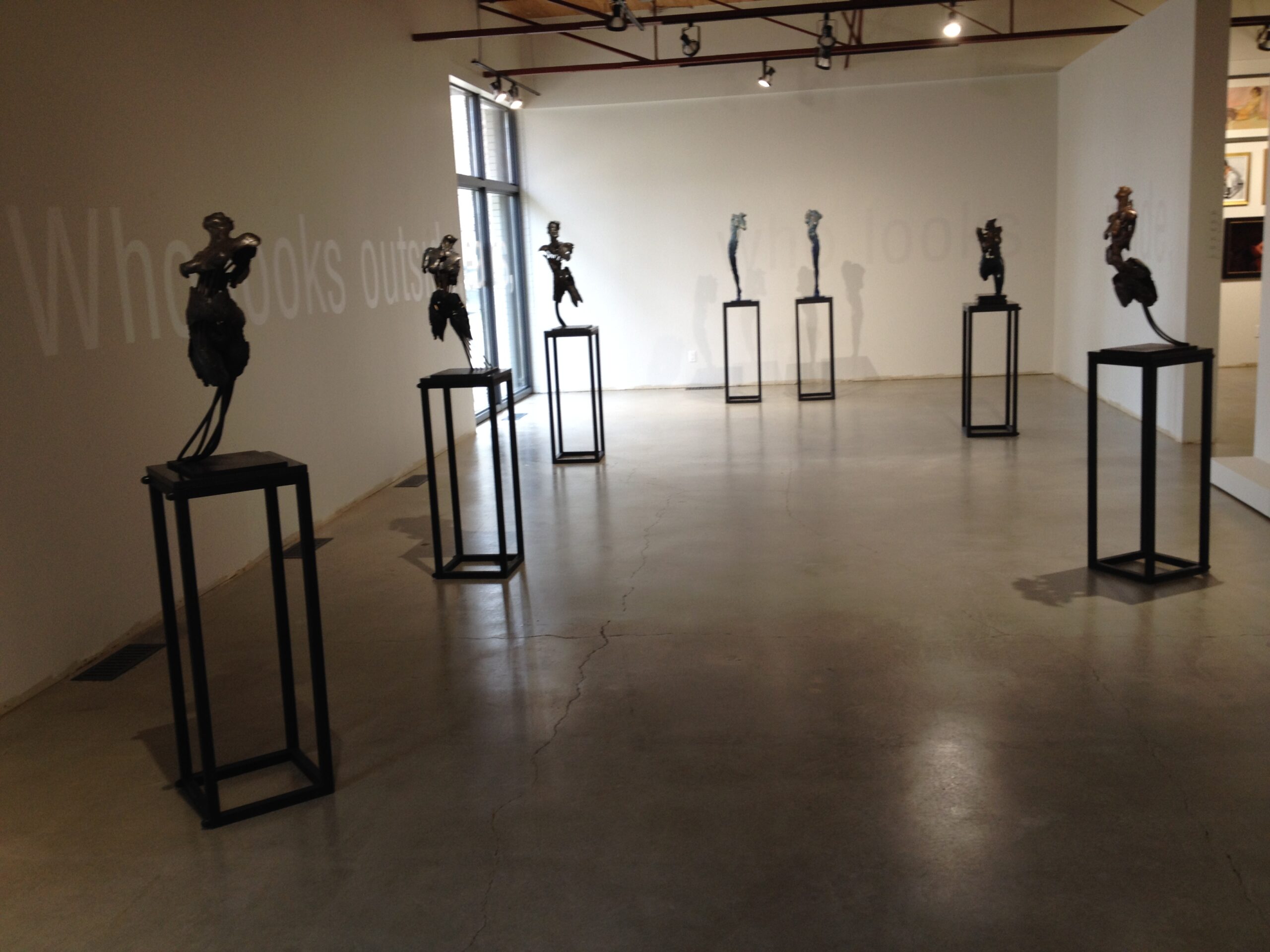Will augmented reality take hold?
As digital technology develops, our ability to interact as normal human beings seems to be decreasing.
The picture of the modern family depicts everyone on their own device “connecting” or creating with the help of our favourite little rectangular box.
Are we not simply living vicariously through the images of ‘the perfect life’ that our friends are posting?
Even writing a symphony is now possible without the actual piano.
Building a sculpture using 3D technology is also done while sitting across from a screen.
For us it’s the polygon adventure, pushing the dreams of an artist into the 21st century.
Where will it land us?
Nobody knows, still the expedition moves forward in the search of expression and greater meaning.
There must be a better way, away from the rectangular box, a healthier way for technology to move us forward as a civilization, as a culture.
Digital technology should act as an extension of our bodies, not as a wall that blocks all real communication between us.
If our eyes don’t meet, are we really connecting?
Am I listening to you? Am I here for you?
Will we remember the meaning of the word ‘empathy’?
How can we use technology in a more natural way?
How can we reach out to each other?
How can neuroscience cooperate in this endeavour?
Neuroscientist, Meron Gribetz, introduces us to his Media 2, a set of glasses that project holograms of whatever we want.
He calls it augmented reality and has been working towards extending our bodies, our senses even, through the use of digital technology. [1]
This means bringing real life into the machine and essentially extending our human experience through the use of this technology.
Gribetz uses neuroscience to guide the designs. “…the principle we all revolve around is what’s called the ‘Neural Path of Least Resistance.’”
The pillars of their design guidelines are:
1) the operating system is our brain, therefore a zero learning curve;
2) the ‘touch to see’ interface, which uses our proprioception (sense of our body parts in space), and finally;
3) activating our mirror-neuron subsystem which “suggests that we can connect with each other and with our work much better if we can see each other’s faces and hands in 3D.” [2]
This allows for the sharing, the experiencing things together within the projected hologram.
Interaction is possible, such as touching and moving things in real time, and eye contact exists allowing for the possibility of being connected, in the moment.
Think of the possibilities!
Phones would become a thing of the past.
As technology advances and pushes us forward, let’s reach further but let’s not forget the value of our reality, the one that augmented reality would like to emulate.
A book is still a book, and a hug is still a hug and nothing will ever feel better than that.
Written by Boky Hackel
